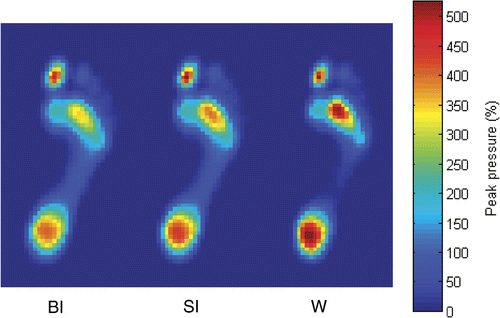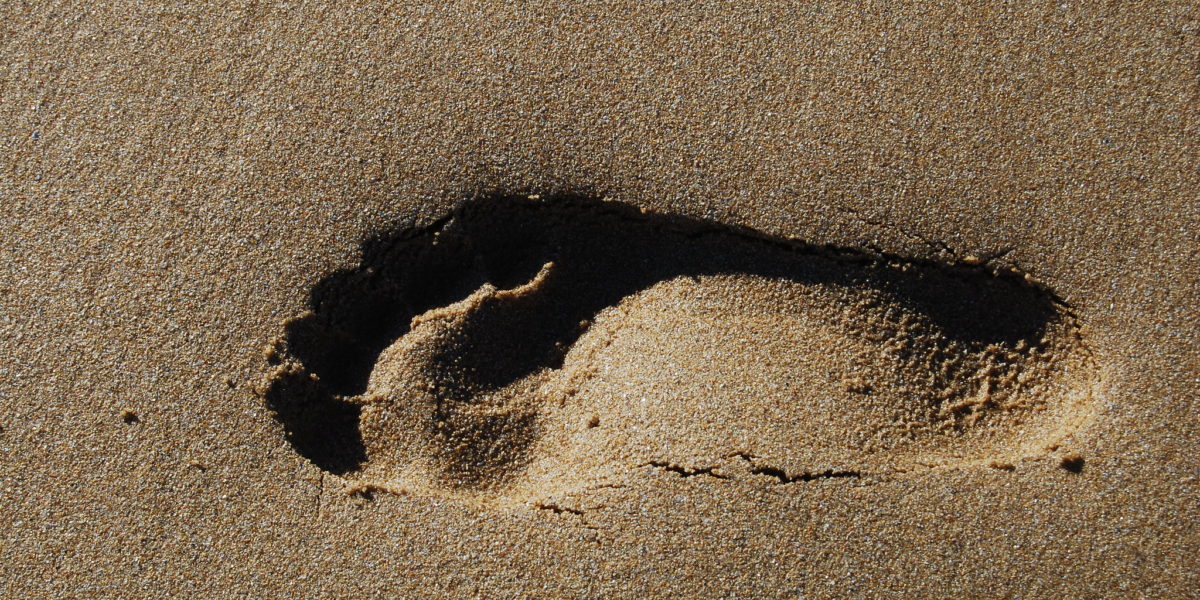Have you ever worn a favorite pair of shoes much longer than you should’ve, only to experience an injury as a result? What if I told you that a large portion of modern footwear might increase your injury risk, even when brand new?
Our ancestors lived barefoot, yet most people wear shoes today. From an evolutionary standpoint, we did not evolve to be shod creatures. The effect of shoes on the growth and development of our feet is largely unknown. However, there are still some cultures that live barefoot that can be studied and used as a comparison. We must work to understand footwear’s influence on natural foot shape and function so that we might determine how footwear can be improved to foster healthy foot growth and function.
Living Barefoot
A barefoot population in Kenya was studied and compared to their shod counterparts. Controlling for other factors, the study found that the barefoot group was less likely to experience an injury to their lower limbs, was taller and had a lower BMI, and had greater foot strength and flexibility. The habitually shod group was found to have structurally different feet, particularly regarding their foot arch ratio.
Similarly, a barefoot population in India was studied and compared with their shod counterparts, along with another shod group from Belgium. The study found that the barefoot group had wider feet. As shown in Figure 1, it was found that more intrusive footwear resulted in more extreme foot pressure distributions. Therefore, the shod populations were found to have structurally, and thus functionally, altered feet. Interestingly, the results of the shod Indian subjects, who wore simpler shoes than the Western subjects, were found to be in a middle ground between the barefoot and Western groups.

These two studies demonstrate that a difference exists between individuals that wear shoes daily and those that do not. This difference manifests itself as a structural difference that can alter lower limb function and increase injury risk.
Mimicking Barefoot: Shoe Concepts
Shoes are necessary for many things, but these studies suggest that footwear that fails to respect natural foot shape and function affects the structure and biomechanical behavior of the foot. Therefore, multiple ideas for shoe concepts that attempt to mimic some aspect of being barefoot have been proposed. These concepts, which include Adidas “Feet You Wear,” Nike Free, and MBP Masai Barefoot Technology, attempt to mimic either the shape, kinematics, or feeling of being barefoot. Studies have found that all three of these techniques reduce injury or strengthen foot and ankle muscles to some degree.

Footwear conditions significantly impact foot structure and function. First, understanding the natural form and function of the foot is necessary to inform future shoe developments. The impact of our current footwear can then be determined, enabling the development of better shoes. Improving our footwear can lead to better foot health, improved lower limb health, and decreased injury rates. Therefore, we must continue to work to understand the effect of footwear on foot health and development.
Featured image cropped from Footprint by Bruno Kestemont licensed under CC BY-NC 2.0.
